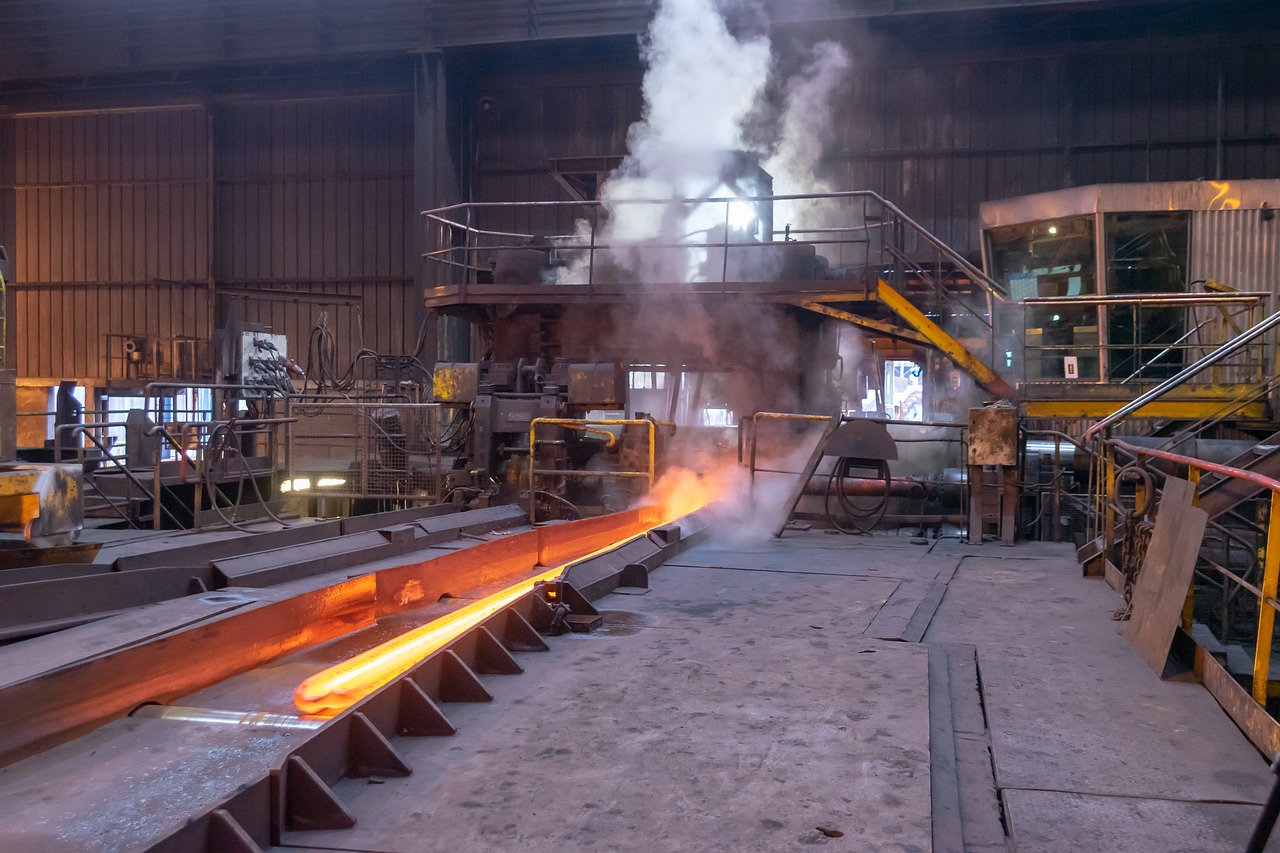
The steel industry is a major global force, with many of the world’s largest producers operating in China, India, Japan, and the United States. Over the years, production has grown exponentially, estimated at 1.9 billion tonnes of steel yearly. The US makes approximately 83 million tonnes of raw steel annually or 8% of the global output. But do you know the US steel industry did collapse before?
The US steel industry collapsed between the 1970s and 1980s and experienced another in the early 2000s. Accordingly, it is due to a combination of interrelated factors.
Stiff foreign competition
By the 1950s, European and Japanese steel producers had developed more efficient production methods. Their fusion steel-making process, for example, required much less energy to produce steel. This technology led to a wide price gap between US-made steel and imported steel and overcapacity in the global market. They can make steel at a lower cost than their American counterparts.
Other countries also imposed tariffs and trade barriers on US steel imports, which made American producers unable to keep up with the competition in the global market. Moreover, environmental regulations also drove up costs for US producers, while foreign competitors often did not face similar restrictions.
Learn the cost of steel building construction.
Technological advances
In the 1970s, the increased automation and technological advancements added to the industry’s problem with foreign competition. New technologies impacted the industry as those who adapted made production faster. Later, it caused many to produce steel at a much lower cost. Furthermore, new products such as aluminum and plastic became competing products that replaced steel components in many industries.
The crisis in the US steel industry in the early 2000s was also because of the introduction of new technology and increased international competition. Besides Europe and Japan’s technological advancement, China began producing large quantities of steel, pushing prices to drop significantly. The US steel industry was further affected by a weakened economy due to the dot-com bubble bursting in 2000. By 2002, steel imports had more than doubled from their levels in 1997, and the US steel industry was in crisis. As a result, many US steel producers had to close their doors or restructure their businesses.

Lower demand for the US steel
As new technologies developed and competition became stiff, shifts in consumer preference put pressure on the steel industry. For one thing, foreign steel producers began to rival US steel companies in terms of quality and price. This competition lowered demand for US steel products and put further strain on the already struggling industry. Moreover, this development undercut domestic producers and caused other companies to go out of business or move operations overseas, especially those in automobile manufacturing.
The combination of these factors eventually resulted in a dramatic decline in American steel producers’ market share and profitability. Many jobs once provided by the industry were lost, leading to economic hardship in many parts of the country. At the height of its crisis, the steel industry cut over 200,000 jobs approximately.
On the brighter side, the US steel industry has also experienced strong growth since 2018. The demand from infrastructure projects and the automotive industry has helped propel the sector forward. And looking ahead, many steel manufacturers are investing heavily in research and development to reduce production costs, increase efficiency and develop new products for sale on the global market. These developments will help ensure US steel remains highly competitive.
